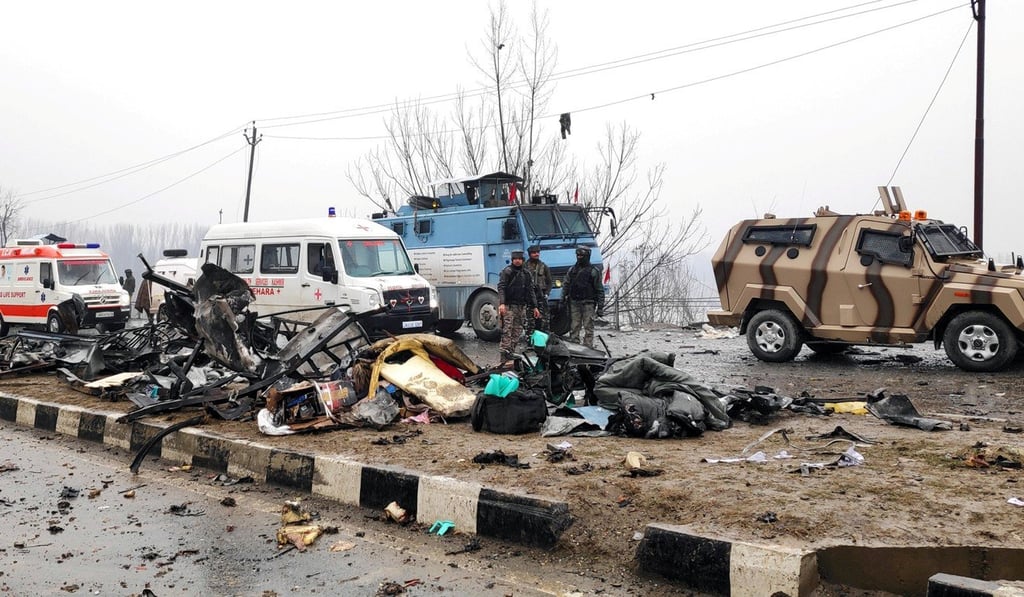Advertisement
WhatsApp rumours have led to 30 deaths in India. In this social media disinformation age, the only question is: who’s next?
- Anger at a terrorist attack in Kashmir has opened the floodgates of disinformation, which civil society groups are now working to combat
Reading Time:4 minutes
Why you can trust SCMP

India’s social media disinformation problem is spilling out on to the streets, as the world’s largest market for Facebook and WhatsApp - with a combined user base of 500 million - struggles to keep a lid on the spread of fake news.
Yet it is these very platforms that were first used to circulate falsehoods which are now being mobilised to administer an antidote.

Advertisement
On February 14, India witnessed the deadliest-ever attack on its armed forces when 44 paramilitary police officers were killed after a suicide bomber crashed a car laden with explosives into a military convoy.
The attack, which also left 70 injured, occurred in Indian-administered Kashmir – the region at the heart of a seven-decade old feud with neighbouring Pakistan.
It evoked widespread anger in India, with many calling for retaliatory action against the rival country for providing refuge to the terror group known as Jaish-e-Mohammed that claimed responsibility for the attack. This anger soon opened the floodgates of disinformation, rumours and warmongering on India’s social media platforms.
Advertisement
Select Voice
Choose your listening speed
Get through articles 2x faster
1.25x
250 WPM
Slow
Average
Fast
1.25x